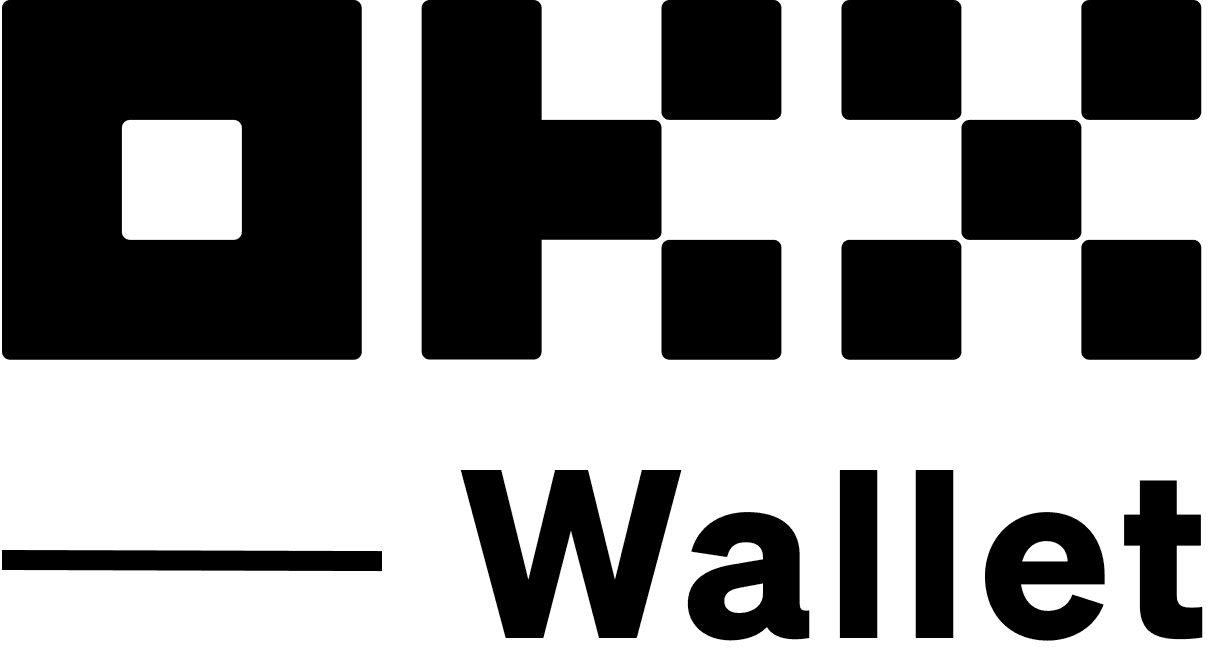Okay, so check this out—crypto portfolio management used to feel kinda like juggling flaming swords while riding a unicycle. Seriously, there were times when I thought, « Is this even sane? » The more I dived into yield farming and hopping across cross-chain bridges, the messier things got. My gut kept telling me there had to be a better way than juggling 10 wallets, multiple DEXes, and centralized exchanges separately.
At first, I thought, « Maybe I just need a better spreadsheet, » but that was a rookie mistake. Spreadsheets are fine for stocks, but crypto? Nah, too volatile, too fragmented. Then I stumbled on this concept of integrated wallets tied to centralized exchanges—like the okx wallet. Whoa, that was a game-changer. It’s like having your cake and eating it too, with less worry about bridging assets manually.
Still, I wasn’t ready to jump in headfirst. Something felt off about trusting one app with all your eggs, especially when bridges can be sketchy and yield farming protocols sometimes behave like wild west saloons—lots of hype, not always legit. But it turns out, the tech behind these integrated wallets is evolving fast, and the convenience factor? Pretty hard to beat.
Here’s the thing. Managing a portfolio that stretches over multiple blockchains isn’t just about convenience. It’s about risk management, too. Cross-chain bridges, for example, are notoriously vulnerable. I remember reading about some bridge hacks that wiped out millions overnight. Yikes. So, I started thinking: if I’m gonna farm yields on different chains, I need a way to track everything securely without hopping through a dozen apps.
And that’s where the OKX wallet caught my attention. It’s not just a storage tool—it integrates with the OKX centralized exchange, streamlining your workflow. That means you can move assets between chains with fewer steps and less exposure to third-party risks. Plus, the interface is surprisingly user-friendly for something this complex.

Cross-Chain Bridges: The Wild West of Crypto
Let’s be honest, cross-chain bridges are kinda like the internet back in the dial-up days—promising, but messy. They let you move tokens between blockchains, but each new bridge adds another layer of complexity and risk. Initially, I thought, « Cool, I can just bridge assets as needed, » but reality hit hard.
Bridges are often the weakest link. Some rely on centralized validators, others on smart contracts that might have bugs. There’s also the issue of fees and transaction times, which can be a real pain when markets move fast. I learned the hard way that not all bridges are created equal—some are downright dangerous.
On one hand, bridges open up yield farming opportunities across chains that were previously isolated. On the other hand, the risk of losing funds to exploits or delays can outweigh the benefits, especially for casual traders. That’s why having a wallet like okx wallet with built-in bridging options feels safer and more streamlined.
But—and this is a big but—no system is foolproof. Even with integrated wallets, I still keep some tokens on cold storage or hardware wallets. I’m biased, sure, but it’s about balancing convenience with security.
Yield farming adds another twist. It’s tempting because of those juicy APYs, but the landscape changes fast. Protocols can dry up, tokens can dump, and impermanent loss lurks in the shadows. I found that tracking yield farming positions across different chains manually was a nightmare. That’s why the dashboard features in wallets like OKX’s make a huge difference, consolidating info without jumping through hoops.
Why Portfolio Management in Crypto Is a Marathon, Not a Sprint
Managing crypto portfolios isn’t just about watching numbers—it’s emotional. Sometimes, I’d get tunnel vision chasing the latest yield farms, ignoring the bigger picture. Other times, I’d freeze, afraid of making moves because of FOMO or market jitters. It’s a rollercoaster, honestly.
Initially, I thought total decentralization was the holy grail, but then I realized that centralized exchange integration can actually help with usability without sacrificing too much control. The trick is picking tools that don’t lock you in or compromise security. That’s why I’ve warmed up to the okx wallet—it hits a sweet spot between flexibility and convenience.
Still, I can’t shake the feeling that as DeFi matures, we’ll see better cross-chain solutions that simplify all this. Maybe someday, the nightmare of managing assets across 5+ chains with different protocols will be a bad memory. Until then, having a solid, integrated wallet is like having a trusty co-pilot on a bumpy flight.
Oh, and by the way, if you’re a trader juggling multiple assets, take a hard look at how your tools handle cross-chain bridges and yield farming reports. It’s very very important because the wrong setup can cost you time and, frankly, money.
Final Thoughts: Embrace the Chaos, But Do It Smart
So yeah, managing a crypto portfolio crossing chains and chasing yield is tricky business. It’s not just about tech; it’s about mindset and tools that keep you sane. The okx wallet isn’t perfect, but it’s a solid step toward making this chaos manageable.
Honestly, I’m still learning every day. The landscape shifts so fast that what works today might be obsolete tomorrow. But having a centralized-exchange integrated wallet with multi-chain support gives me a fighting chance. It’s like having a roadmap in the wild west of crypto.
Anyway, that’s my two cents. If you’re out there trying to tame your portfolio across different chains, maybe give integrated wallets a shot. Just remember—stay curious, stay cautious, and don’t lose your head chasing every shiny yield farm.

